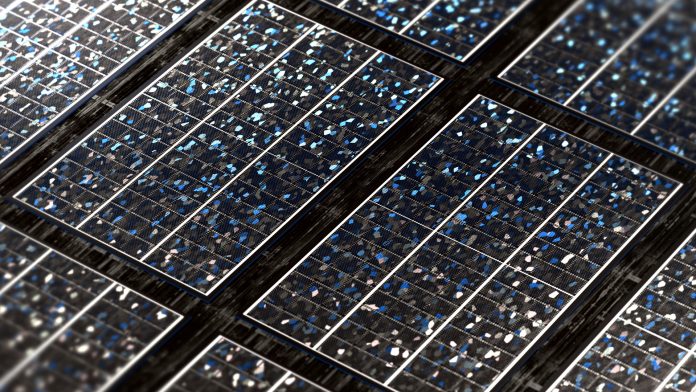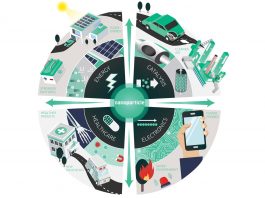Scientists in South Korea have presented an innovative design for the development of a high-power transparent solar cell.
As published in Nano Energy, the researchers from Incheon National University, South Korea, have developed a new design for a metal-oxide-based transparent solar cell. The device consists of an ultra-thin layer of silicon between two transparent metal-oxide semiconductors. This allows for the utilisation of longer-wavelength light and the faster transportation of charged particles to the electrodes. Unlike the conventionally dark, opaque solar cells (which absorb visible light), these transparent photovoltaics make use of the ‘invisible’ light that falls in the ultraviolet (UV) range.
Conventional solar cells can be either ‘wet type’ (solution-based) or ‘dry type’ (made up of metal-oxide semiconductors). Dry-type solar cells are more reliable, eco-friendly, cost-effective, and better suited to make use of UV light. Despite this, the potential of metal-oxide transparent photovoltaics has not been fully explored until now.
Professor Joondong Kim of the Department of Electrical Engineering in Incheon National University, Korea, and the head of Multidisciplinary Core Institute for Future Energies (MCIFE), said: “We hope to extend the use of our TPV design to all kinds of material, right from glass buildings to mobile devices like electric cars, smartphones, and sensors. Our research is essential for a sustainable green future — especially to connect the clean energy system with no or minimal carbon footprint.”
The research team is preparing to improve upon its new technology, by using innovative materials such as 2D semiconductors, nanocrystals of metal-oxides, and sulfide semiconductors.
In its recent research paper, named ‘Si-embedded metal oxide transparent solar cells’, the team explained: ‘This may be the first report for the hybrid of Si-embedded metal-oxide heterojunction for transparent photovoltaics. Silicon film would enhance the metal-oxide transparent photovoltaics performances due to the improved carrier collection efficiency and the extended light utilisation for longer wavelengths. The inorganic transparent photovoltaics may be applied for the invisible power generator’.









